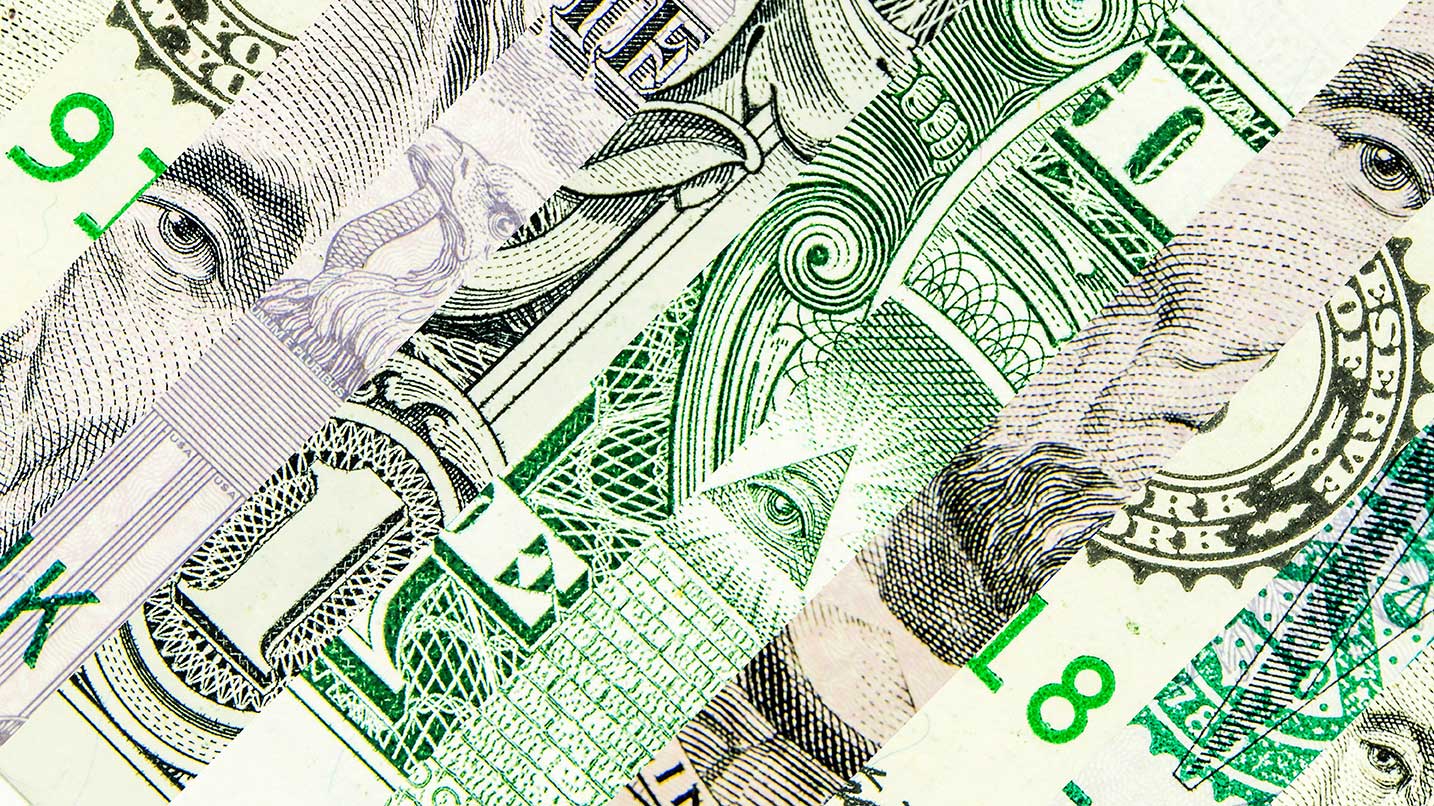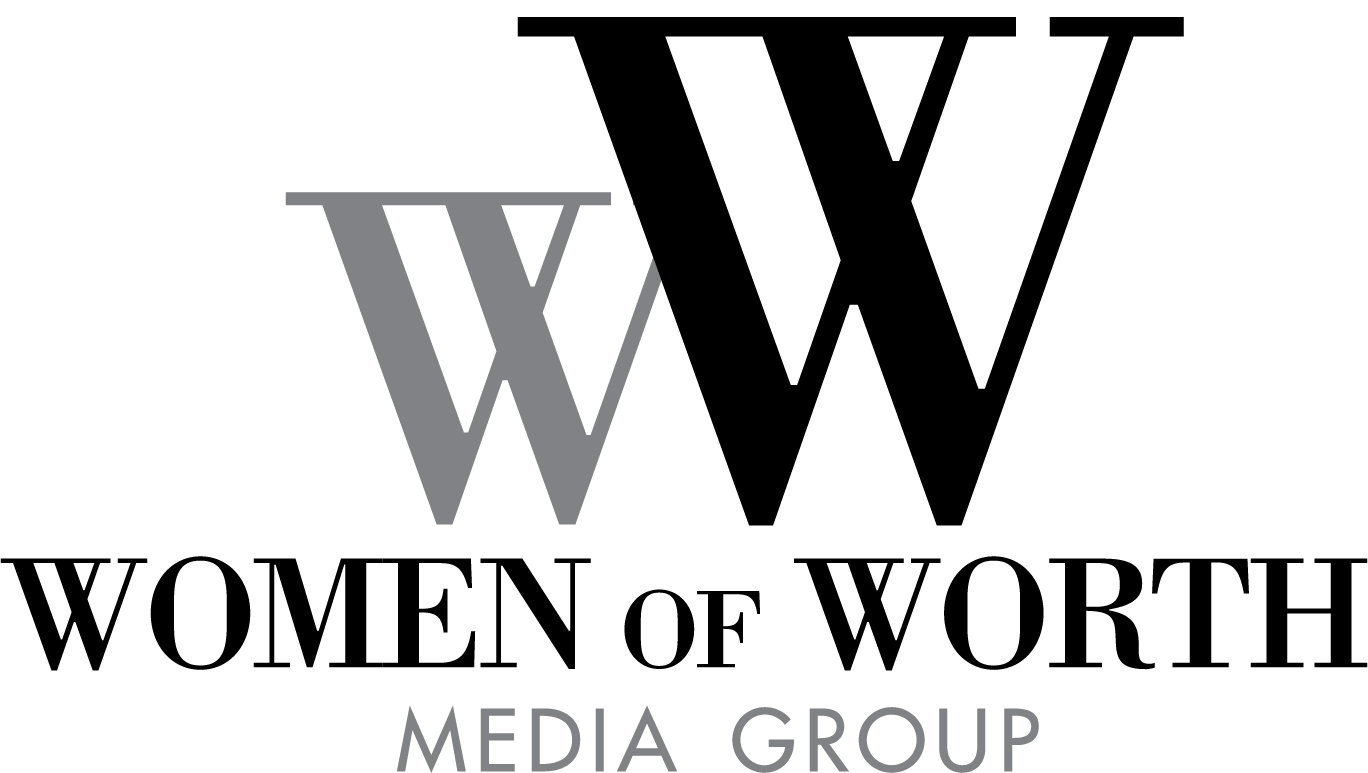Four Simple Steps
 Toward Turning Your Financial Life Around
Toward Turning Your Financial Life Around
by Craig Richman
Are you on top of your finances? Depending on your money story and habits, you may have gotten yourself in an uncomfortable financial position. These steps will directly help you turn your financial situation around.
1) Are you spending too much money?
The first analysis is the income statement which outlines your monthly income and expenses to showcase your discretionary net income. How much money is left after you pay your bills if any? This points directly to your lifestyle and spending choices.
You may have heard about the “latte factor” which points out that spending a lot of money over fancy coffee will hurt your future savings. Estimating that a premium cup of coffee costs around $3.50 per day, or about $1,260 per year. Saving that amount for 30 years in an IRA would net you $106,000. That’s assuming a 6% annual return. That’s a pretty decent amount of savings from simply eliminating your morning cup of coffee.
But the real truth is really your expensive car, clothes, lavish dinners at restaurants, fancy vacations, etc. In essence, it is your overall lifestyle that is curtailing your financial success! This is the crux of the issue. Our lifestyle has grown beyond our financial means to support it; thus curtailing our ability to save money.
The income statement (also called profit and loss statement) will help to identify the areas where expenses can be reduced. Please email us for a complimentary income statement designed specifically for women. Please take the last three months of bills and average to arrive at your figure for each expense item.
2) Do you know how much you are worth?
It is time to prepare a personal financial statement. Why? The document is a snapshot of your financial position. The formula is simple: Assets minus liabilities equal net worth. Don’t get upset if your net worth is not what you thought it was. This exercise will bring you to focus on your financial picture and give you a baseline to work from.
You should prepare this statement every year to see if your new worth is growing. If your number does not increase annually, you have to ask why. This shows that some area of your financial life needs to be addressed. The key is to add to the asset side of the balance sheet and subtract from the liability side of the balance sheet. Please email us for a complimentary personal financial statement designed specifically for women. If you are not improving your financial status, then all you are doing is funding your lifestyle!
3) How do you spend your money?
A Pay yourself first!
You should first have three to six months of savings for emergencies that may arise in the future. Put the money in your savings account before you pay your bills.
Then make sure you fund your retirement plan (401(k) or pension plan). Paying too much in taxes is not going to guarantee your place in heaven. You absolutely should work with your adviser to make sure you are taking full advantages of the current tax laws and opportunities to reduce your taxable income. You should be saving at least 10% of your gross pay at a minimum but look to save toward 20% of gross pay.
If you can’t afford this, then your bills are TOO HIGH! Sorry for the wake up call, but this advice is critical to your financial success.
B Lower your bills!
Do you really need to have HBO when you never watch it? Should you refinance your mortgage to lower your payment? Should you lease a less expensive car? Should you eat at home more often (buy a BBQ grill!), reduce your shopping sprees? The income statement will help you to identify areas that can be reduced or eliminated altogether.
C Reduce or eliminate your debt!
You absolutely must pay all debt with the exception of mortgages or car loans. Credit cards are not your friend. You must pay all balances to zero. First figure out how much you can allocate every month. Pick the card with the highest APR or interest rate. Pay the minimum due on all remaining cards and put the balance to pay down the highest APR card. When that card is payed off, then choose the next highest APR card and use the same formula. If you have a low balance card, then just pay that off first to make you feel good about your progress. The key to this formula: Quit using your credit cards and use cash for now! If you don’t have the money, then you probably shouldn’t be using credit.
Why? You couldn’t pay for the item before. Now, you just diminished your monthly cash flow and increased your debt making your situation worse!
4) Invest like a professional
Now that you have created additional net cash flow, now is the time to invest for the future. For the growth or income oriented investor, I believe that investing in dividend paying stocks is a great strategy that can grow your wealth over time. You should re-invest the dividend payments to buy more shares and increase your wealth. More of this strategy in the next issue!
You can also utilize mutual funds or exchange traded funds for investment that specialize in dividend paying stocks as well.
Ultimately, you want to build your capital while you are working so your capital can replace your income when you decide to retire or work less in the future.
Summary
I hope this article helps you to realize you may not be making the best decisions on your money on a daily basis. It is vitally important to review each step and together you will be on a better path to financial success. You will have to make some tough choices and live on less to create the positive cash flow, but in the end, you will be on your path to financial freedom!
 For more information or to request the documents, contact Craig at (561) 368-6400 or craig@richmancm.com
For more information or to request the documents, contact Craig at (561) 368-6400 or craig@richmancm.com
Richman Capital Management
5550 Glades Road, Suite 500, Boca Raton, FL 33431
www.richmancm.com
Securities and advisory services offered through Commonwealth Financial Services, Member FINRA/SIPC. A Registered Investment Adviser

